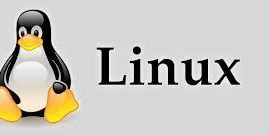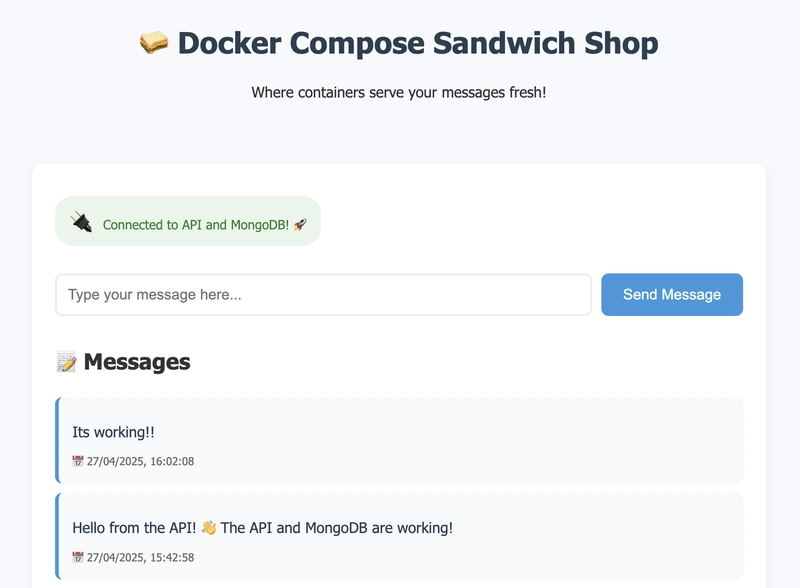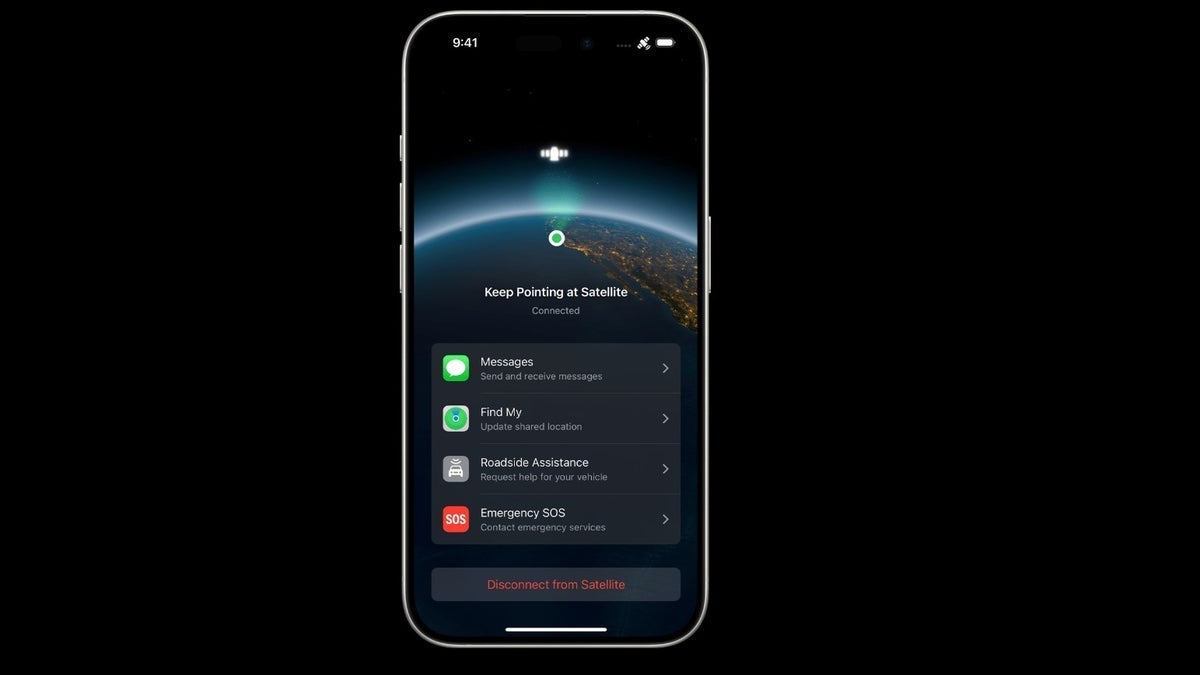Revolutionizing Particle Track Reconstruction with a Hybrid Ensemble Approach
High-energy physics (HEP) is a field that pushes the boundaries of our understanding of the universe, and at its core lies the complex task of reconstructing particle tracks from the massive datasets generated by particle accelerators like the Large Hadron Collider (LHC). A recent paper, Hybrid Ensemble Approach for Particle Track Reconstruction and Classification in High-Energy Physics (March 26, 2025), introduces a groundbreaking method that leverages machine learning to tackle this challenge. In this article, we’ll dive into the key concepts of this hybrid ensemble approach, explore its methodology, and discuss its implications for developers and researchers interested in machine learning and physics. The Challenge of Particle Track Reconstruction Particle accelerators produce collisions that generate vast amounts of high-dimensional data in the form of detector hits—raw signals representing where particles interact with the detector. The goal is to: Reconstruct particle tracks: Group these hits into trajectories that represent the paths of individual particles. Classify particle types: Identify whether a particle is an electron, muon, pion, etc. Estimate kinematic properties: Predict attributes like momentum, energy, and charge. Traditional methods, such as Kalman filters, are computationally expensive and struggle in dense collision environments where many particles are produced simultaneously. This is where machine learning (ML) and deep learning (DL) come in, offering faster and more robust solutions. The Hybrid Ensemble Approach The proposed framework combines multiple ML techniques in a multi-stage pipeline, making it a scalable and versatile solution. Here’s how it works: Unsupervised Clustering The first step groups raw detector hits into candidate tracks using a variety of clustering algorithms: HDBSCAN: A density-based clustering method that excels at identifying clusters of varying shapes and sizes. K-Means: A centroid-based algorithm that partitions data into a predefined number of clusters. Gaussian Mixture Models (GMM): A probabilistic model that assumes data points are generated from a mixture of Gaussian distributions. Agglomerative Clustering: A hierarchical method that builds clusters by merging smaller groups. These algorithms work together to handle the diverse and noisy nature of detector data, ensuring robust track formation. For example, the paper visualizes raw particle hits colored by energy and compares them to clustered outputs, with HDBSCAN producing 81 clusters and K-Means yielding 8. Feature Extraction with CNNs Once candidate tracks are formed, convolutional neural networks (CNNs) process the spatial data of the detector hits. CNNs are ideal for this task because they can extract meaningful patterns from high-dimensional, grid-like data, such as the spatial arrangement of hits in a detector. Trajectory Modeling with LSTMs Particle tracks are not just static patterns—they represent sequences of hits as particles move through the detector. Long Short-Term Memory (LSTM) networks, a type of recurrent neural network, model these temporal dependencies, capturing the sequential nature of particle trajectories. Regression for Kinematic Properties Finally, fully connected neural networks predict kinematic properties like momentum and energy. This regression step ensures that the reconstructed tracks are not only accurate in terms of their paths but also provide precise physical measurements. Experimental Setup and Results The approach was tested on Monte Carlo-simulated detector events from CERN’s Open Data Portal, with an 80/20 train-test split. The evaluation metrics included: Silhouette Score for clustering accuracy. F1 Score for particle type classification. Mean Squared Error (MSE) for momentum and energy estimation. Reconstruction Efficiency to measure the fraction of correctly identified tracks. The results were promising: Clustering algorithms like HDBSCAN and K-Means successfully grouped hits into meaningful tracks. Visualizations of reconstructed tracks in 3D demonstrated the framework’s ability to handle complex trajectories. Training and validation losses over 8 epochs showed stable convergence, indicating effective model training. However, the paper notes challenges in predicting extreme kinematic values (e.g., very high momentum), suggesting areas for future improvement. Why This Matters for Developers For developers, this hybrid ensemble approach offers valuable lessons in building robust ML pipelines: Ensemble Methods: Combining multiple algorithms (clustering, CNNs, LSTMs, and regression) can address the limitations of single-model approaches, improving generalization across diverse data. Scalability: The framework is designed for large-scale experiments, making it a blueprint for handling big data in other domains, such as computer vision or time-series analysis. Real-Time Potential: With optimization, this approach could enable real-time track recon

High-energy physics (HEP) is a field that pushes the boundaries of our understanding of the universe, and at its core lies the complex task of reconstructing particle tracks from the massive datasets generated by particle accelerators like the Large Hadron Collider (LHC). A recent paper, Hybrid Ensemble Approach for Particle Track Reconstruction and Classification in High-Energy Physics (March 26, 2025), introduces a groundbreaking method that leverages machine learning to tackle this challenge. In this article, we’ll dive into the key concepts of this hybrid ensemble approach, explore its methodology, and discuss its implications for developers and researchers interested in machine learning and physics.
The Challenge of Particle Track Reconstruction
Particle accelerators produce collisions that generate vast amounts of high-dimensional data in the form of detector hits—raw signals representing where particles interact with the detector. The goal is to:
Reconstruct particle tracks: Group these hits into trajectories that represent the paths of individual particles.
Classify particle types: Identify whether a particle is an electron, muon, pion, etc.
Estimate kinematic properties: Predict attributes like momentum, energy, and charge.
Traditional methods, such as Kalman filters, are computationally expensive and struggle in dense collision environments where many particles are produced simultaneously. This is where machine learning (ML) and deep learning (DL) come in, offering faster and more robust solutions.
The Hybrid Ensemble Approach
The proposed framework combines multiple ML techniques in a multi-stage pipeline, making it a scalable and versatile solution. Here’s how it works:
- Unsupervised Clustering The first step groups raw detector hits into candidate tracks using a variety of clustering algorithms:
HDBSCAN: A density-based clustering method that excels at identifying clusters of varying shapes and sizes.
K-Means: A centroid-based algorithm that partitions data into a predefined number of clusters.
Gaussian Mixture Models (GMM): A probabilistic model that assumes data points are generated from a mixture of Gaussian distributions.
Agglomerative Clustering: A hierarchical method that builds clusters by merging smaller groups.
These algorithms work together to handle the diverse and noisy nature of detector data, ensuring robust track formation. For example, the paper visualizes raw particle hits colored by energy and compares them to clustered outputs, with HDBSCAN producing 81 clusters and K-Means yielding 8.
- Feature Extraction with CNNs Once candidate tracks are formed, convolutional neural networks (CNNs) process the spatial data of the detector hits. CNNs are ideal for this task because they can extract meaningful patterns from high-dimensional, grid-like data, such as the spatial arrangement of hits in a detector.
- Trajectory Modeling with LSTMs Particle tracks are not just static patterns—they represent sequences of hits as particles move through the detector. Long Short-Term Memory (LSTM) networks, a type of recurrent neural network, model these temporal dependencies, capturing the sequential nature of particle trajectories.
- Regression for Kinematic Properties Finally, fully connected neural networks predict kinematic properties like momentum and energy. This regression step ensures that the reconstructed tracks are not only accurate in terms of their paths but also provide precise physical measurements. Experimental Setup and Results The approach was tested on Monte Carlo-simulated detector events from CERN’s Open Data Portal, with an 80/20 train-test split. The evaluation metrics included:
Silhouette Score for clustering accuracy.
F1 Score for particle type classification.
Mean Squared Error (MSE) for momentum and energy estimation.
Reconstruction Efficiency to measure the fraction of correctly identified tracks.
The results were promising:
Clustering algorithms like HDBSCAN and K-Means successfully grouped hits into meaningful tracks.
Visualizations of reconstructed tracks in 3D demonstrated the framework’s ability to handle complex trajectories.
Training and validation losses over 8 epochs showed stable convergence, indicating effective model training.
However, the paper notes challenges in predicting extreme kinematic values (e.g., very high momentum), suggesting areas for future improvement.
Why This Matters for Developers
For developers, this hybrid ensemble approach offers valuable lessons in building robust ML pipelines:
Ensemble Methods: Combining multiple algorithms (clustering, CNNs, LSTMs, and regression) can address the limitations of single-model approaches, improving generalization across diverse data.
Scalability: The framework is designed for large-scale experiments, making it a blueprint for handling big data in other domains, such as computer vision or time-series analysis.
Real-Time Potential: With optimization, this approach could enable real-time track reconstruction, a critical requirement for modern HEP experiments.
To the notebook:
https://www.kaggle.com/datasets/allanwandia/particle-track-reconstruction
Getting Started with Similar Projects
Want to explore similar ML techniques? Here are some steps to get started:
Datasets: Check out CERN’s Open Data Portal for publicly available HEP datasets.
Tools: Use Python libraries like scikit-learn for clustering, TensorFlow or PyTorch for CNNs and LSTMs, and matplotlib for visualizations.
Experimentation: Start with a small dataset and try combining clustering with deep learning models to see how they complement each other.






























































































































































![[The AI Show Episode 143]: ChatGPT Revenue Surge, New AGI Timelines, Amazon’s AI Agent, Claude for Education, Model Context Protocol & LLMs Pass the Turing Test](https://www.marketingaiinstitute.com/hubfs/ep%20143%20cover.png)



























































































































![[DEALS] Koofr Cloud Storage: Lifetime Subscription (1TB) (80% off) & Other Deals Up To 98% Off – Offers End Soon!](https://www.javacodegeeks.com/wp-content/uploads/2012/12/jcg-logo.jpg)
















































































































































 CISO’s Core Focus.webp?#)

























































































![Hostinger Horizons lets you effortlessly turn ideas into web apps without coding [10% off]](https://i0.wp.com/9to5mac.com/wp-content/uploads/sites/6/2025/04/IMG_1551.png?resize=1200%2C628&quality=82&strip=all&ssl=1)




![This new Google TV streaming dongle looks just like a Chromecast [Gallery]](https://i0.wp.com/9to5google.com/wp-content/uploads/sites/4/2025/04/thomson-cast-150-google-tv-1.jpg?resize=1200%2C628&quality=82&strip=all&ssl=1)











![iPadOS 19 May Introduce Menu Bar, iOS 19 to Support External Displays [Rumor]](https://www.iclarified.com/images/news/97137/97137/97137-640.jpg)

![Apple Drops New Immersive Adventure Episode for Vision Pro: 'Hill Climb' [Video]](https://www.iclarified.com/images/news/97133/97133/97133-640.jpg)




































































































































